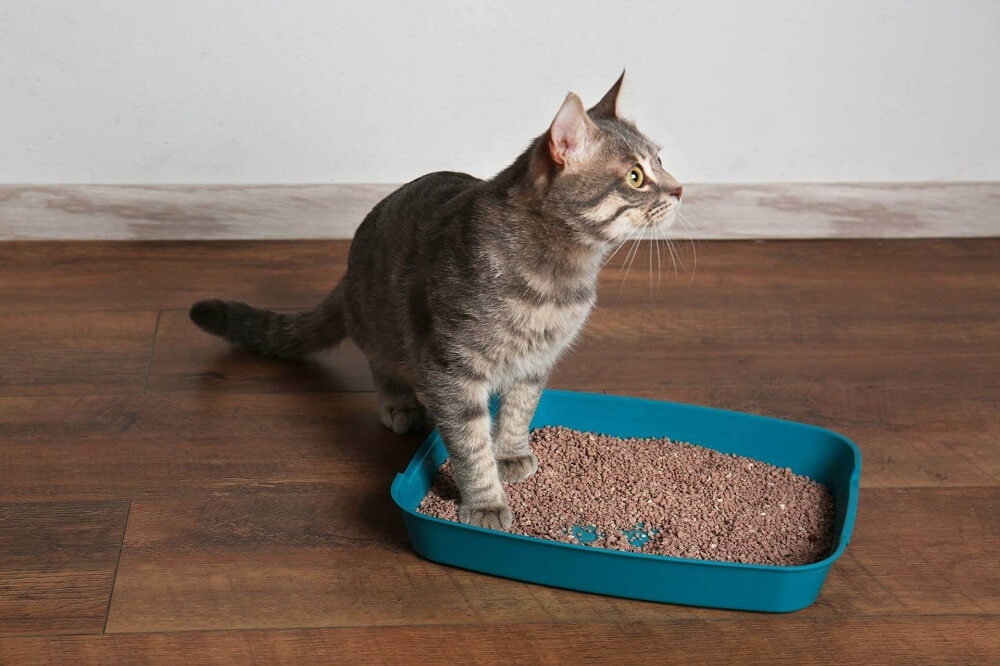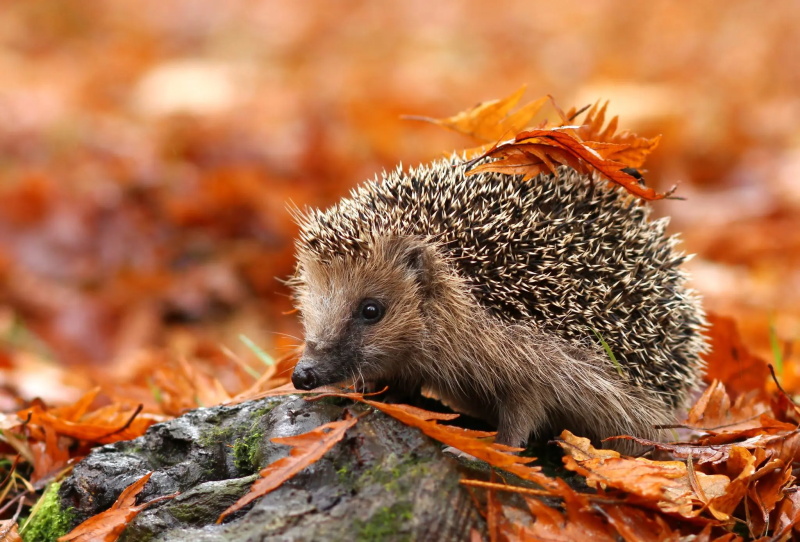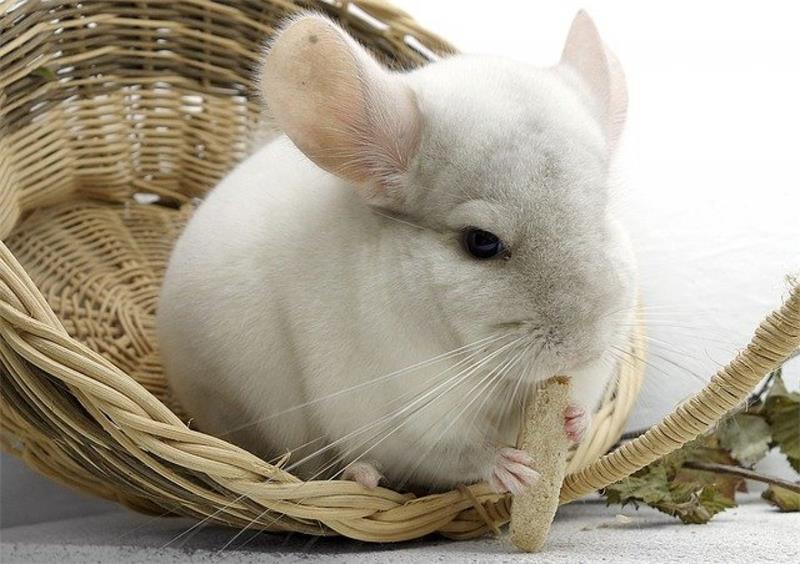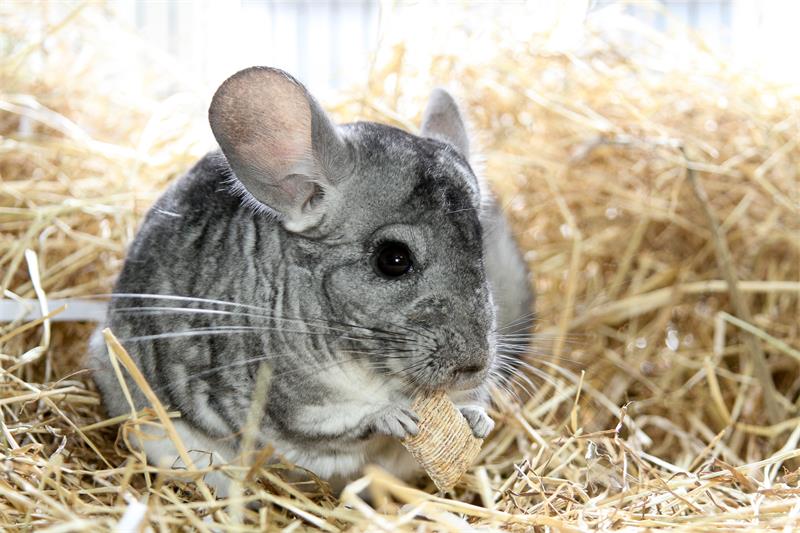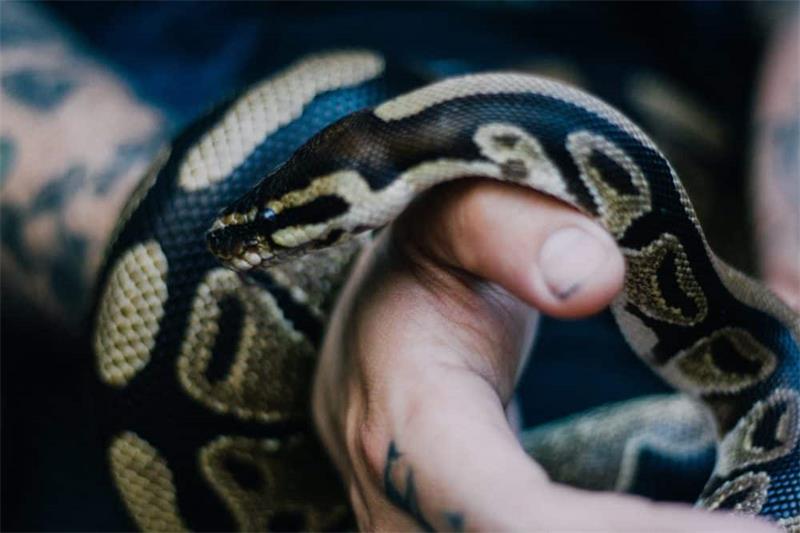
Table of Contents
Ball pythons are one of the most popular pet snakes in the world, thanks to their docile temperament, manageable size, and beautiful patterns. However, like any other animal, they require proper care and handling to ensure their health and happiness. In this essay, we will explore how to handle a ball python safely and gently, and how to deal with defensive or aggressive behavior.
Why is handling important?
Handling your ball python is important for several reasons:
- It helps you bond with your pet and socialize it with humans.
- It allows you to check for signs of illness or injury, such as mites, scale rot, respiratory infections, etc.
- It provides your snake with some exercise and mental stimulation, as it gets to explore a new environment outside its enclosure.
- It makes your snake more comfortable with being moved or transported when necessary, such as during cleaning or vet visits.
However, handling should not be done too frequently or for too long, as this can stress out your snake and make it more prone to illness or aggression. As a general rule, you should handle your ball python at least once a week, but no more than once a day, and for no longer than 15 minutes at a time.
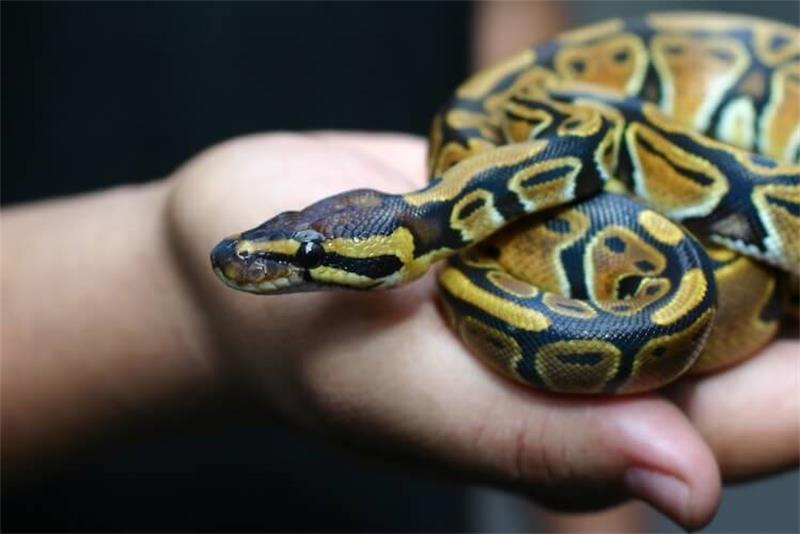
When should you not handle your ball python?
There are certain situations when you should avoid handling your ball python altogether, such as:
- When you first bring it home. Your snake needs some time to adjust to its new surroundings and feel secure. Wait for at least one to two weeks after it eats its first meal before attempting to handle it.
- When it is shedding. Your snake’s skin becomes more sensitive and fragile during this process, and handling can cause damage or infection. Wait until the shed is complete and the snake has removed all the old skin before handling it again.
- When it has just eaten. Your snake needs some time to digest its food and rest. Handling can cause stress and regurgitation, which can be harmful or even fatal. Wait for at least 48 to 72 hours after feeding before handling it again.
- When it is injured or sick. Your snake may be in pain or discomfort, and handling can worsen its condition or spread infection. Seek veterinary advice and follow their instructions on how to care for your snake.
- When it is stressed or defensive. Your snake may show signs of stress or defensiveness by hissing, striking, curling into a ball, or hiding. This means that it does not want to be disturbed or handled at the moment. Respect its wishes and leave it alone until it calms down.
How to handle your ball python safely and gently?
Before handling your ball python, you should always wash your hands with soap and water, and use hand sanitizer to remove any potential germs or smells that could harm or confuse your snake. Ball pythons use their heat-sensing pits and tongue to locate prey by smell and temperature. If your hands are warm and smell like food, your snake may mistake them for a meal and bite you.
To pick up your ball python, you should use the mid-body hold technique. This involves gently lifting the snake by its middle section with one hand, while supporting the rest of its body with the other hand or arm. Never pick up your snake by its head or tail, as this can injure its spine or make it feel threatened.
During handling, you should keep a loose but firm grip on your snake, allowing it to move freely but securely. You should also avoid making sudden or loud movements that could startle your snake. If your snake tries to move in a direction you don’t want it to go, gently guide its head away with your free hand.
Your snake may wrap itself around your arms, body, or neck for stability and warmth. This is normal behavior and not a sign of aggression. However, you should always keep an eye on your snake’s head position and prevent it from getting too close to your face or wrapping too tightly around your neck. If this happens, gently unwrap the snake from yourself and place it back in its enclosure.
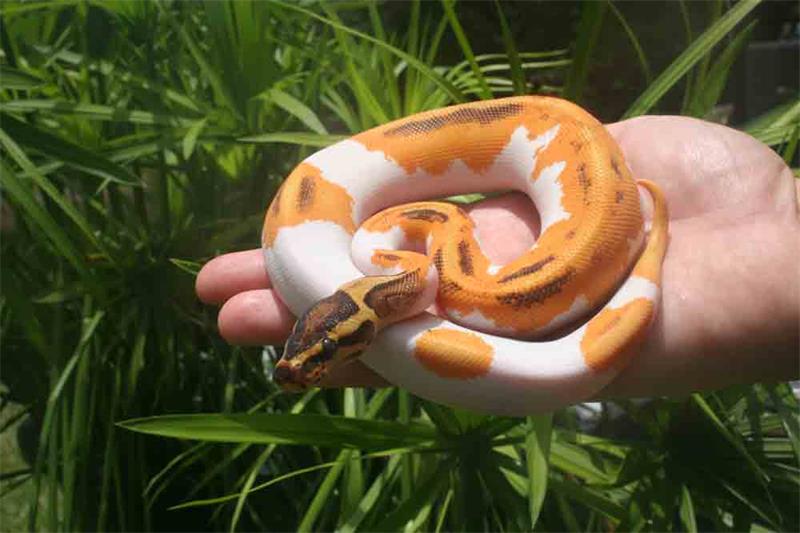
How to deal with defensive or aggressive behavior?
Although ball pythons are generally calm and docile snakes, they may sometimes display defensive or aggressive behavior due to fear, stress, hunger, illness, or hormonal changes. Some common signs of defensive or aggressive behavior are:
- Hissing: This is a warning sound that your snake makes when it feels threatened or annoyed. It means that it wants you to back off and leave it alone.
- Striking: This is when your snake lunges at you with its mouth open, trying to bite you. It may do this out of fear or hunger, or as a last resort when hissing does not work.
- Curling into a ball: This is where the snake gets its name from. It coils itself into a tight ball, hiding its head under its body. It does this to protect itself from predators or perceived threats.
- Hiding: This is when your snake retreats into its hide box or burrows under the substrate. It does this to avoid stress or disturbance, or to regulate its temperature and humidity.
If your snake shows any of these behaviors, you should not handle it until it calms down and feels more comfortable. You should also try to identify and eliminate the possible causes of its defensiveness or aggression, such as:
- Improper enclosure conditions: Your snake may be stressed by inadequate temperature, humidity, lighting, ventilation, cleanliness, or security in its enclosure. Make sure to provide your snake with a suitable habitat that meets its needs and preferences.
- Improper handling techniques: Your snake may be scared or hurt by rough, frequent, or improper handling. Make sure to handle your snake gently, respectfully, and appropriately, following the tips we discussed earlier.
- Improper feeding schedule: Your snake may be hungry or overfed by an irregular or inappropriate feeding schedule. Make sure to feed your snake the right size and type of prey items at the right frequency and time of day.
- Illness or injury: Your snake may be in pain or discomfort due to an illness or injury that affects its behavior. Make sure to check your snake regularly for any signs of health problems and seek veterinary help if needed.
- Breeding season: Your snake may be more aggressive or defensive during the breeding season, which typically occurs between November and March. This is due to hormonal changes that affect its mood and appetite. Make sure to provide your snake with enough space and privacy during this time.
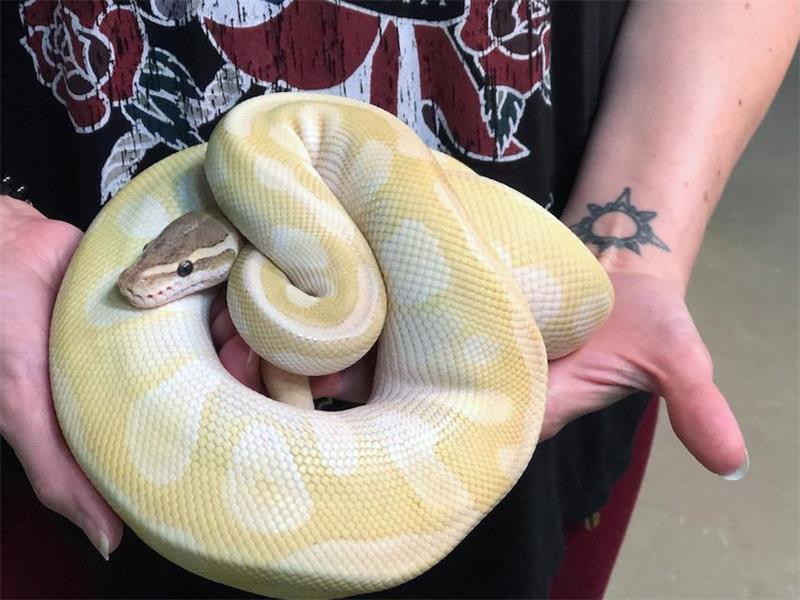
Conclusion
Handling your ball python can be a rewarding and enjoyable experience for both you and your pet. However, you should always handle your snake safely and gently, respecting its needs and feelings. You should also be aware of the possible signs and causes of defensive or aggressive behavior, and how to deal with them effectively. By following these tips, you can ensure that your ball python stays healthy, happy, and tame.




